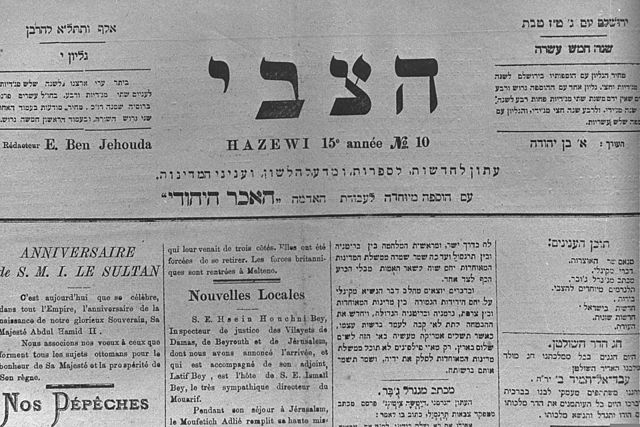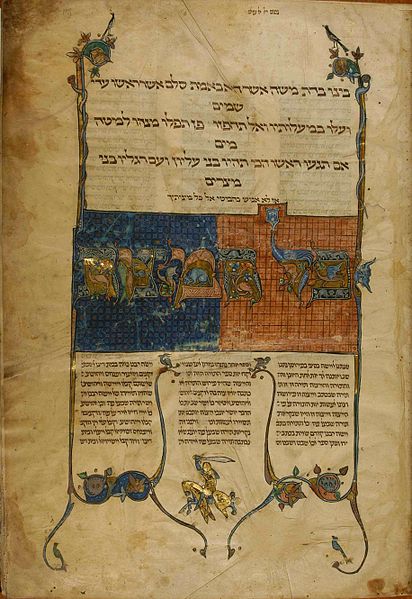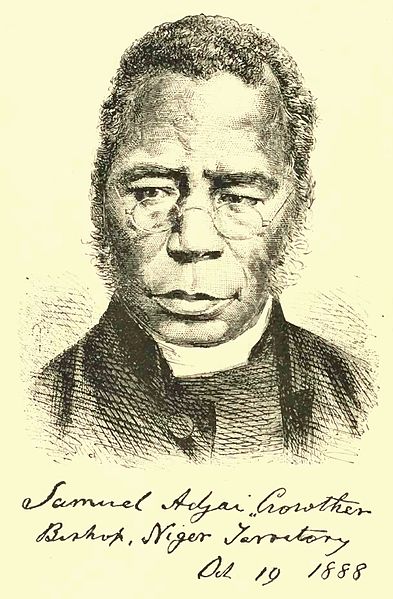Revival of the Hebrew language
The revival of the Hebrew language took place in Europe and Palestine toward the end of the 19th century and into the 20th century, through which the language's usage changed from purely the sacred language of Judaism to a spoken and written language used for daily life in Israel. The process began as Jews from diverse regions started arriving and establishing themselves alongside the pre-existing Jewish community in the region of Palestine in the first half of the twentieth century. Arabic-speaking Jews in Palestine and the linguistically diverse newly arrived Jews switched to Hebrew as a lingua franca, the historical linguistic common denominator of all the Jewish groups. At the same time, a parallel development in Europe changed Hebrew from primarily a sacred liturgical language into a literary language, which played a key role in the development of nationalist educational programs. Modern Hebrew was one of three official languages of Mandatory Palestine, and after the Israeli Declaration of Independence in 1948, one of two official languages of Israel, along with Modern Arabic. In July 2018, a new law made Hebrew the sole official language of the state of Israel, giving Arabic a "special status".

Front page of HaZvi newspaper with a sub-headline reading "Newspaper for news, literature and science". HaZvi revolutionized Hebrew newspaper publishing in Jerusalem by introducing secular issues and techniques of modern journalism.
Arabic–Hebrew–Latin dictionary, 1524
Mishneh Torah, written in Hebrew by Maimonides.
Mendele Mocher Sfarim
Literary language is the form (register) of a language used when writing in a formal, academic, or particularly polite tone; when speaking or writing in such a tone, it can also be known as formal language. It may be the standardized variety of a language. It can sometimes differ noticeably from the various spoken lects, but the difference between literary and non-literary forms is greater in some languages than in others. If there is a strong divergence between a written form and the spoken vernacular, the language is said to exhibit diglossia.
Samuel Crowther's Yorùbá grammar led to Standard Yoruba becoming a literary language.





